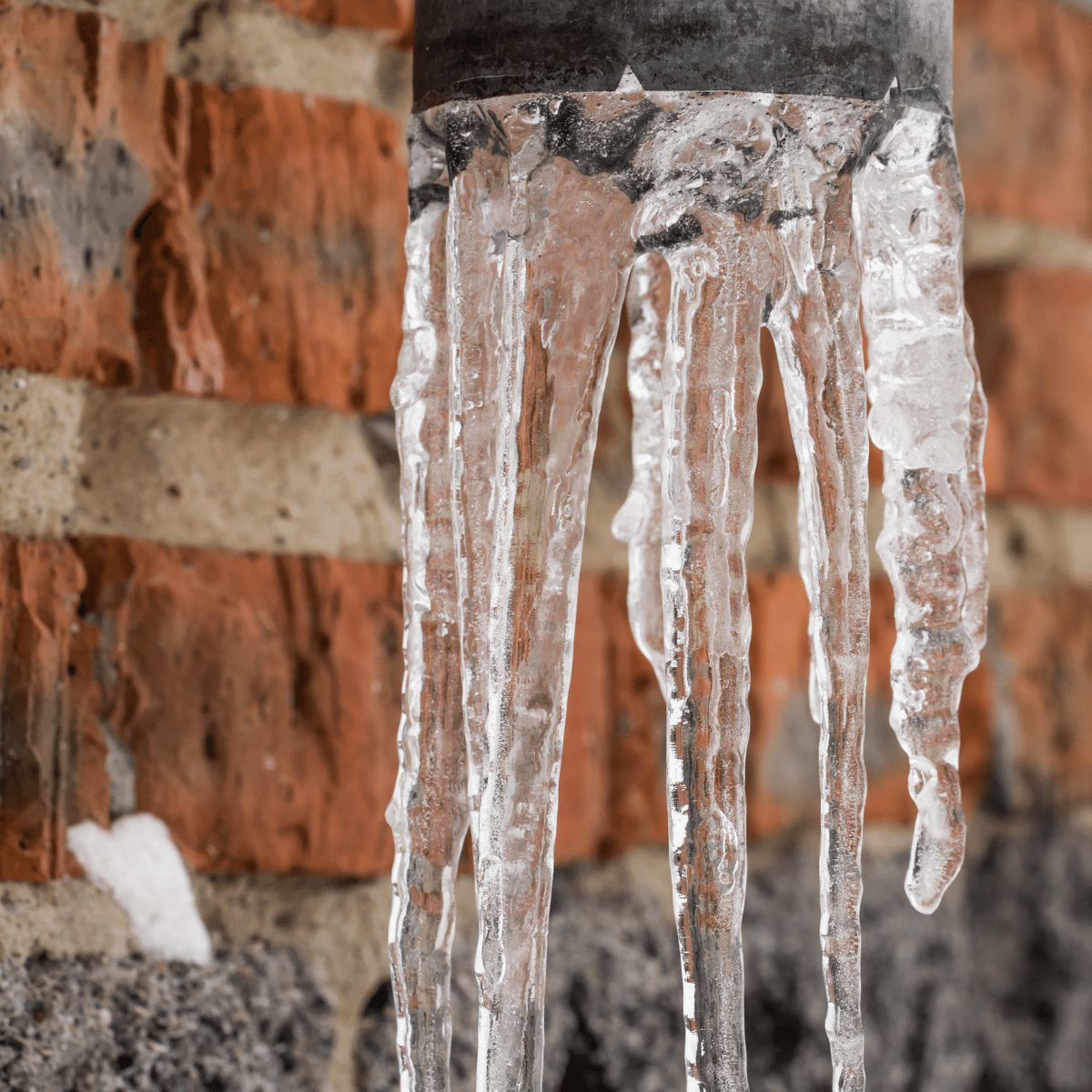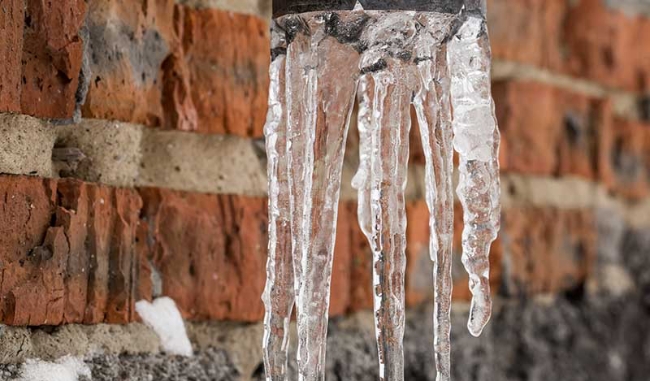Preventing Pipes from Cold Weather: Effective Methods
Preventing Pipes from Cold Weather: Effective Methods
Blog Article
Just about every person will have their unique theory with regards to Preventing and dealing with frozen pipes.

Cold weather can damage your pipes, specifically by freezing pipelines. Here's how to avoid it from occurring and what to do if it does.
Intro
As temperature levels decrease, the danger of icy pipelines rises, potentially leading to pricey repair work and water damages. Comprehending how to avoid frozen pipes is important for home owners in cool climates.
Prevention Tips
Protecting prone pipelines
Cover pipelines in insulation sleeves or make use of warmth tape to protect them from freezing temperatures. Focus on pipes in unheated or exterior areas of the home.
Home heating strategies
Maintain indoor areas appropriately warmed, specifically locations with plumbing. Open cabinet doors to permit cozy air to distribute around pipes under sinks.
How to recognize frozen pipes
Seek decreased water circulation from taps, uncommon smells or sounds from pipelines, and noticeable frost on revealed pipelines.
Long-Term Solutions
Architectural adjustments
Consider rerouting pipes far from exterior wall surfaces or unheated locations. Include added insulation to attic rooms, cellars, and crawl spaces.
Updating insulation
Invest in premium insulation for pipelines, attic rooms, and wall surfaces. Correct insulation helps maintain regular temperatures and reduces the risk of icy pipelines.
Securing Outside Plumbing
Garden tubes and exterior faucets
Detach and drain yard hose pipes before winter months. Mount frost-proof spigots or cover exterior faucets with insulated caps.
Recognizing Frozen Pipelines
What triggers pipelines to freeze?
Pipelines freeze when revealed to temperatures listed below 32 ° F (0 ° C) for expanded periods. As water inside the pipelines ices up, it increases, putting pressure on the pipeline wall surfaces and potentially creating them to rupture.
Risks and damages
Icy pipes can bring about water interruptions, home damage, and costly repairs. Ruptured pipelines can flood homes and create comprehensive architectural damage.
Indications of Frozen Piping
Identifying icy pipelines early can prevent them from breaking.
What to Do If Your Pipelines Freeze
Immediate activities to take
If you suspect frozen pipes, maintain faucets open to ease stress as the ice thaws. Use a hairdryer or towels soaked in hot water to thaw pipes slowly.
Conclusion
Preventing icy pipes requires aggressive procedures and quick feedbacks. By comprehending the causes, indications, and preventive measures, homeowners can safeguard their pipes throughout cold weather.
6 Proven Ways to Prevent Frozen Pipes and Protect Your Home
Disconnect and Drain Garden Hoses
Before winter arrives, start by disconnecting your garden hoses and draining any remaining water. Close the shut-off valves that supply outdoor hose bibs and leave the outdoor faucet open to allow any residual water to drain. For extra protection, consider using faucet covers throughout the colder months. It’s also important to drain water from any sprinkler supply lines following the manufacturer’s directions.
Insulate Exposed Pipes
Insulating your pipes is an effective way to prevent freezing. Pipe insulation is readily available at home improvement stores and is relatively inexpensive. Pay close attention to pipes in unheated areas such as the attic, basement, crawl spaces, or garage. Apply foam insulation generously to create a buffer against the cold. You can also wrap your pipes in heat tape or thermostat-controlled heat cables for added warmth.
Seal Air Leaks
Inspect your home for any cracks or openings that could let in cold air. Seal any holes around the piping in interior or exterior walls, as well as the sill plates where your home rests on its foundation. Additionally, make sure to keep your garage door closed unless you’re entering or exiting. Leaving it open creates a significant air leak that can lead to frozen pipes.
Allow Warm Air Circulation
During cold snaps, it’s essential to allow warm air to circulate evenly throughout your home. Leave interior doors ajar to promote better airflow. Open kitchen and bathroom cabinets to help distribute heat consistently around the rooms. If you have small children or pets, be sure to remove any household chemicals or potentially harmful cleaners from open cabinets for safety.
Let Faucets Drip
A small trickle of water can make a big difference in preventing ice formation inside your pipes. When temperatures drop significantly, start a drip of water from all faucets served by exposed pipes. This continuous flow helps prevent the water from freezing. Additionally, running a few faucets slightly can relieve pressure inside the pipes, reducing the chances of a rupture if the water inside does freeze.
https://choateshvac.com/6-proven-ways-to-prevent-frozen-pipes-and-protect-your-home/

Hopefully you enjoyed reading our article about Prevent Frozen Pipes . Thanks a ton for spending some time to browse our article post. Sharing is good. You never know, you may be helping someone out. Thanks a bunch for your time. Don't forget to visit our website back soon.
Click Here Report this page